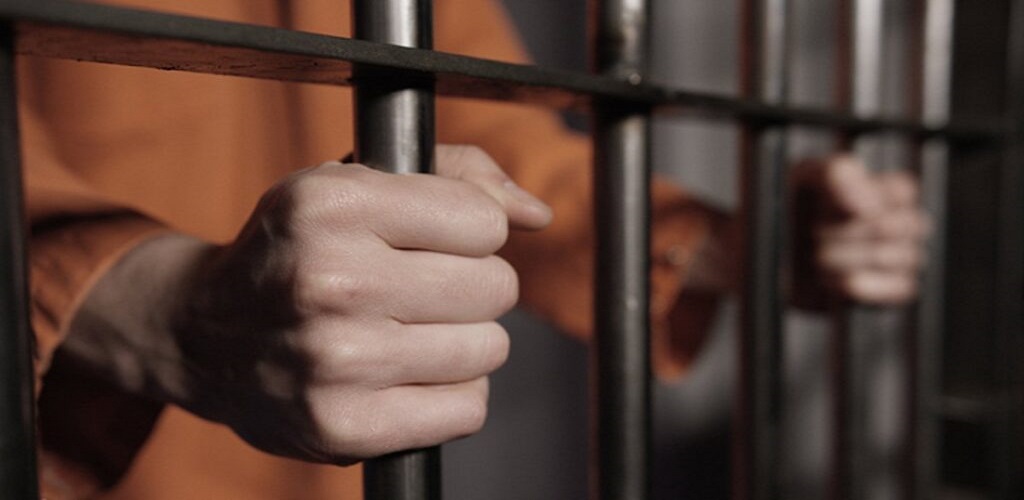The transformation of detention equipment over the years has been nothing short of remarkable. From simple iron bars to advanced biometric systems, the tools used to secure inmates have evolved to enhance safety, control, and efficiency. This shift is driven by a need for more effective containment, better monitoring, and the growing demands for modern prison management. As we delve into this evolution, it’s clear that technology has played a pivotal role in reshaping how correctional facilities operate.
Iron Bars as the Original Physical Barrier for Inmate Containment
Iron bars represent the earliest form of detention equipment, serving as a primary tool for confining inmates. These bars were not only strong and durable but also relatively easy to install, making them an ideal choice for early jails and prisons. The design was straightforward: rows of vertical iron rods separated cells, creating a visual and physical barrier that kept prisoners securely in place.
However, while iron bars were effective for containment, they offered minimal flexibility in terms of management. Inmates could still communicate easily with one another, sometimes leading to coordination of disruptive behavior. Over time, authorities recognized that additional security layers were needed to prevent incidents like these, setting the stage for further innovations in detention technology.
Introduction of Reinforced Steel Doors for Added Security Layers
As security needs grew, reinforced steel doors became an essential addition to detention equipment. These doors, made from heavy-duty materials, provided a more solid barrier between inmates and staff. Unlike iron bars, steel doors offered better privacy, restricted communication between inmates, and reduced the chances of tampering or escape attempts.
The introduction of these doors also allowed for more strategic containment within facilities. By isolating high-risk inmates behind reinforced steel doors, correctional officers could better manage potential threats. Additionally, the soundproof nature of many of these doors helped maintain a quieter, more controlled environment, minimizing distractions and improving overall safety within the prison.
Electronic Locking Mechanisms for Remote Monitoring and Control
With the rise of electronic technology, detention facilities began incorporating electronic locking mechanisms into their operations. These systems offered a significant leap forward in how detention equipment functioned, allowing guards to control doors remotely. The ability to open and close multiple doors from a central location improved response times during emergencies and added an extra layer of security.
Beyond just managing locks, electronic systems enabled better monitoring of access points. If a door was left open too long or an unauthorized entry attempt occurred, the system would trigger alerts. This integration of technology not only increased operational efficiency but also reduced risks associated with manual lock handling, such as lost keys or compromised access.
Surveillance Cameras Enhancing Visual Oversight and Incident Recording
Surveillance cameras have become a cornerstone of modern detention equipment, transforming how prisons manage safety and security. By providing a real-time view of facility activities, cameras allow staff to monitor inmate behavior more effectively, respond swiftly to incidents, and maintain better control over the environment. These devices also serve as a deterrent, discouraging misconduct among inmates and even staff.
Moreover, surveillance footage plays a vital role in recording events within the facility. This capability supports investigations, provides evidence in case of legal disputes, and ensures accountability across the board. With the advent of high-definition and night-vision cameras, detention centers can maintain a 24/7 visual presence, ensuring that no corner goes unchecked.
Motion Sensors and Alarms as Early Intrusion Detection Tools
The adoption of motion sensors and alarms marked another step forward in detention equipment evolution. These devices were primarily introduced to detect unauthorized movements, both within and around prison perimeters. Motion sensors could identify attempts to breach secure areas, while alarms immediately alerted staff to potential security threats.
This proactive detection technology added a crucial layer to prison safety. By catching unusual movements early, guards could intervene before a situation escalated. The use of alarms and sensors not only improved perimeter security but also helped manage inmate movements within facilities, ensuring compliance with rules and preventing potential escapes.
Adoption of Radio-Frequency Identification (RFID) for Inmate Tracking
In recent years, radio-frequency identification (RFID) has emerged as a valuable tool in modern detention equipment. RFID technology allows correctional facilities to track inmate movements in real-time, offering a precise way to monitor and manage populations. With RFID tags attached to inmate clothing or wristbands, staff can determine the exact location of each inmate at any given time.
The adoption of RFID technology has enhanced operational efficiency and improved safety. By knowing the whereabouts of inmates, authorities can prevent overcrowding in specific areas, manage emergency evacuations effectively, and reduce risks related to inmate-on-inmate violence. Additionally, RFID data provides insights that help prison management refine daily operations, identify trends, and develop strategies for better inmate management.

